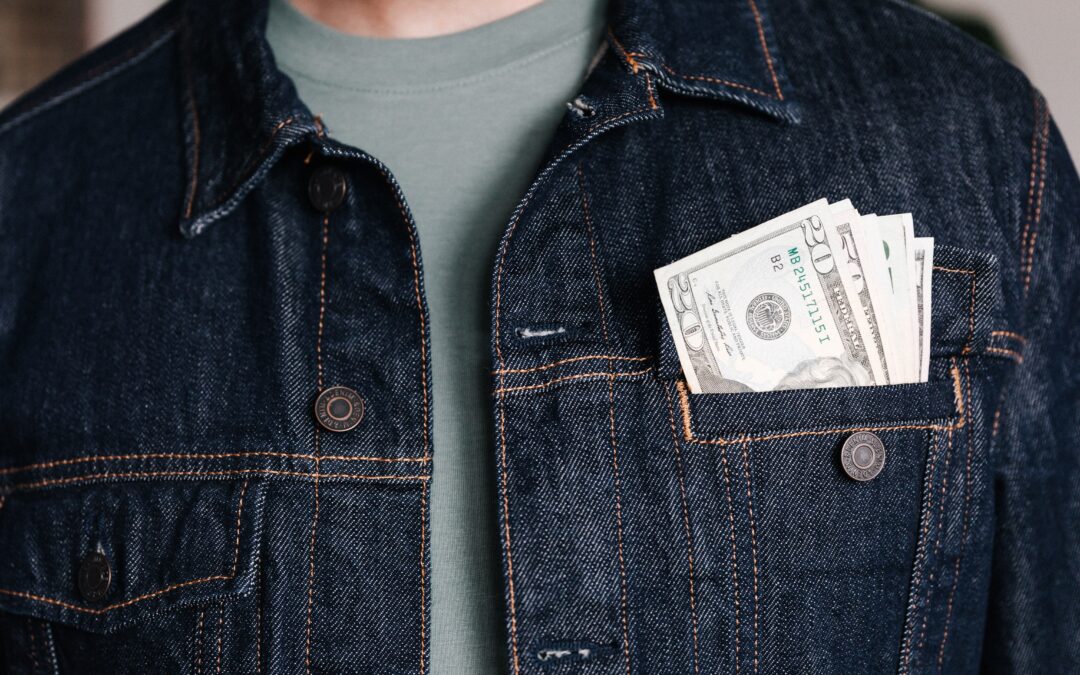While more and more Americans are utilizing cashless payment systems, many people living in the U.S. still use cash on a regular basis.
A new research study from the Pew Research Center finds that there has been a decrease in cash usage in recent years, but “ Still, roughly six-in-ten Americans (59%) say that in a typical week, at least some of their purchases are paid for using cash.”
Economic Status
The study also found that economic status also had an impact on the use of cash for payments. “Americans with lower incomes continue to be more reliant on cash than those who are more affluent. Three-in-ten Americans whose household income falls below $30,000 a year say they use cash for all or almost all of their purchases in a typical week. That share drops to 20% among those in households earning $30,000 to $49,999 and 6% among those living in households earning $50,000 or more a year.”
Cash on Hand
While many people may be switching to cashless payments during their daily lives, the study also found that most Americans do want to have cash on hand. Approximately 60% of adults said that they try to make sure that they always have cash on hand.
Age Matters
Like previous studies on the matter, age matters when it comes to Americans’ proclivity for carrying cash. “Adults under 50 are less likely than those ages 50 and older to say they try to always have cash on hand (45% vs. 71%). And just over half of adults younger than 50 (54%) say they don’t worry much about whether or not they have cash on them, compared with 28% of those 50 and older.”
It is widely accepted that cash is important to have on hand in certain situations, such as paying a tip for a service, or making a purchase in a cash-only business. Using cash to pay for everyday goods and services may be waning, but the need for cash never will. No other payment system allows for as good privacy, anonymity, or budget-friendly payments.

